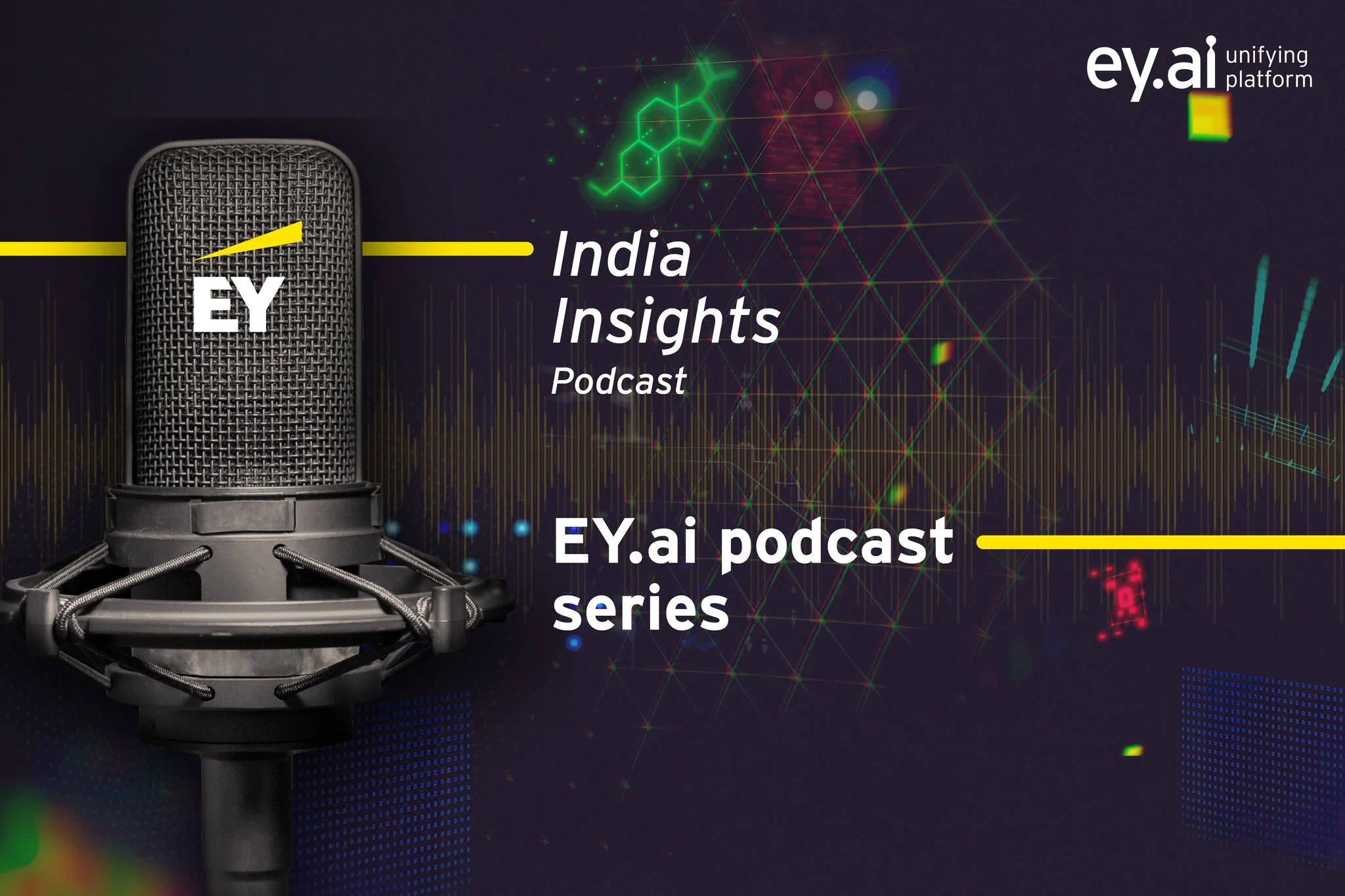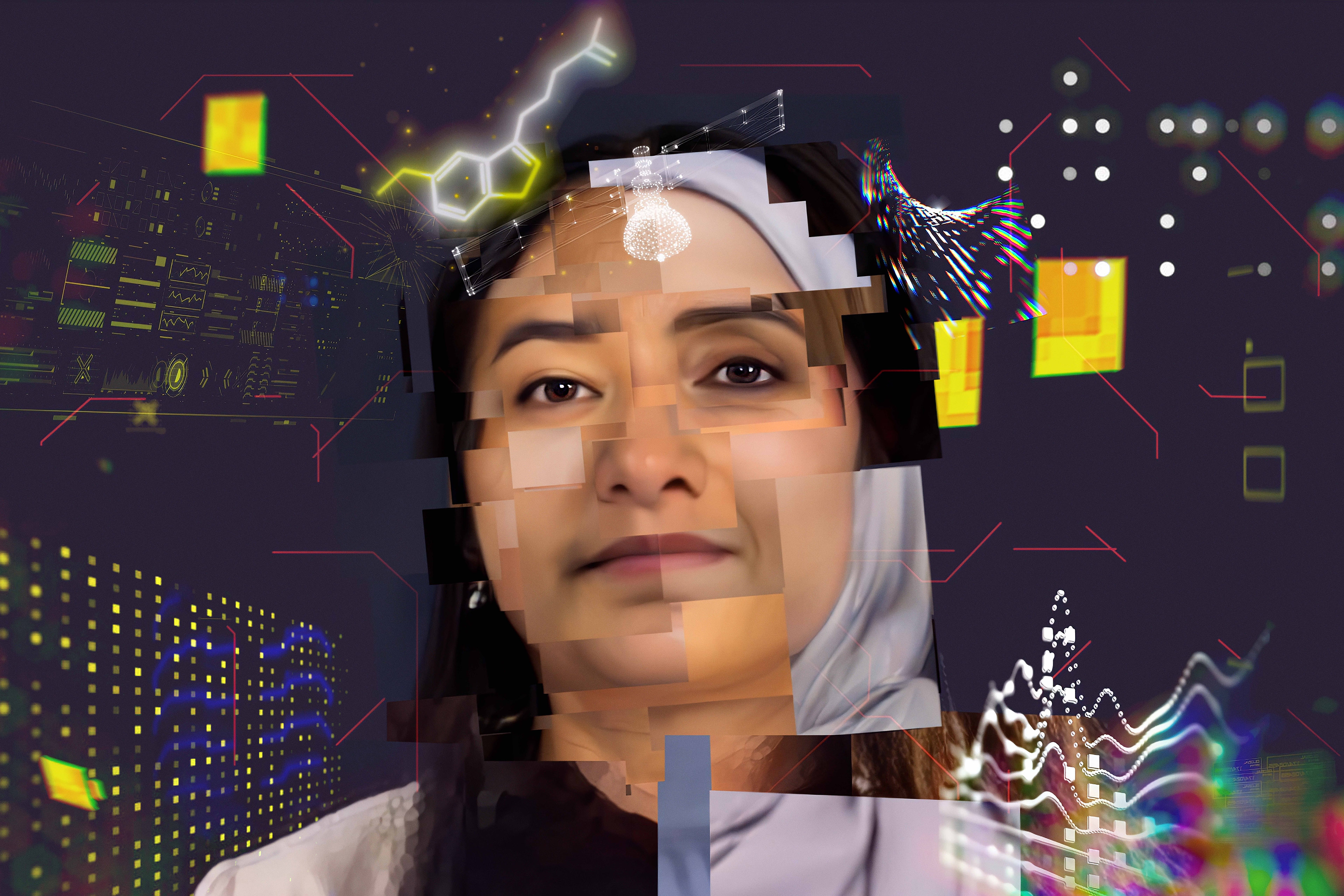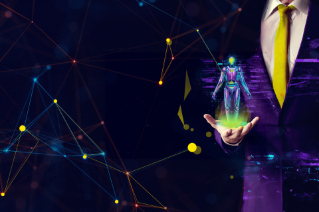EY refers to the global organization, and may refer to one or more, of the member firms of Ernst & Young Global Limited, each of which is a separate legal entity. Ernst & Young Global Limited, a UK company limited by guarantee, does not provide services to clients.
India's approach to AI content detection
The Indian government has also been considering the identification of AI generated content. It issued an advisory in March 2024 recommending that intermediaries embed unique metadata or identifiers in AI-generated content to prevent misinformation and deepfakes. This advisory, although currently limited to intermediaries, reflects India's commitment to tackling some of the challenges posed by AI-generated content.
Way forward
AI watermarking and other content detection mechanisms will be crucial in fostering and developing trust in the digital ecosystem, and the right strategies are needed to facilitate adoption and implementation. Governments are likely to create take measures to promote watermarking, facilitate the establishment of standards, develop open-source tools and digital infrastructure, and promote watermark usage within government operations. Multi-stakeholder collaborations and discussions between the industry and government will help reduce the potential of AI harms while minimizing the need for prescriptive measures. This will help Government maintain the balance between governance and innovation. Additionally, governmental efforts to raise awareness about AI content detection and its applications will become important.
For the private sector, organizations may evaluate their AI usage, conduct rigorous internal testing of AI watermarking systems, stay updated with technological advancements and standards and, most importantly, invest in the adoption watermarking solutions.








